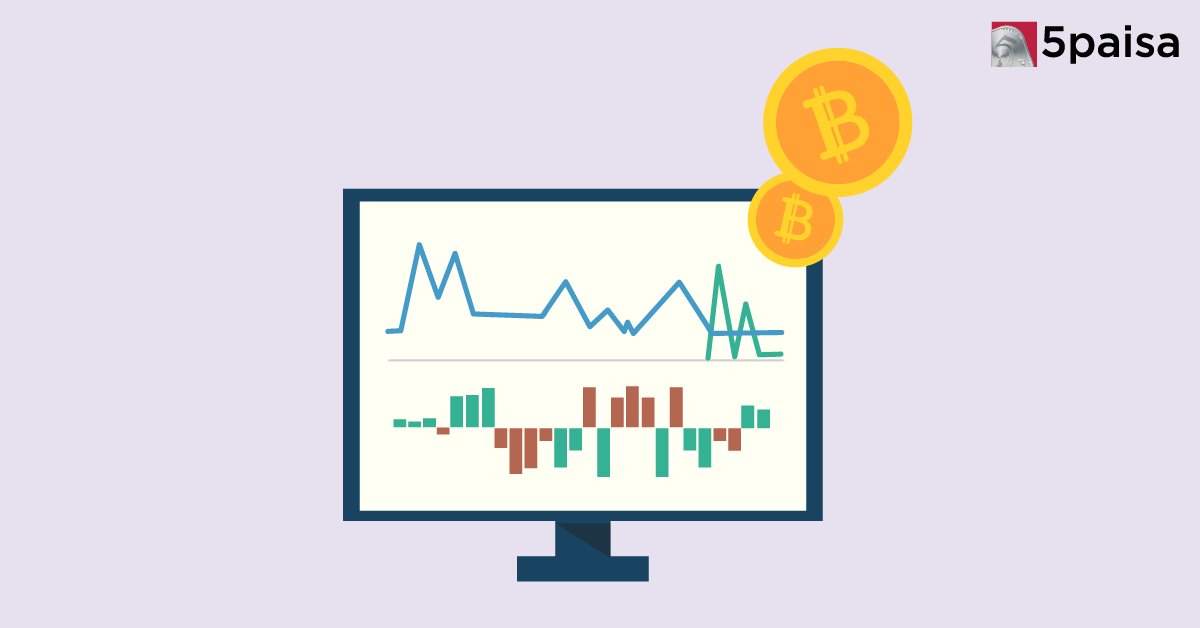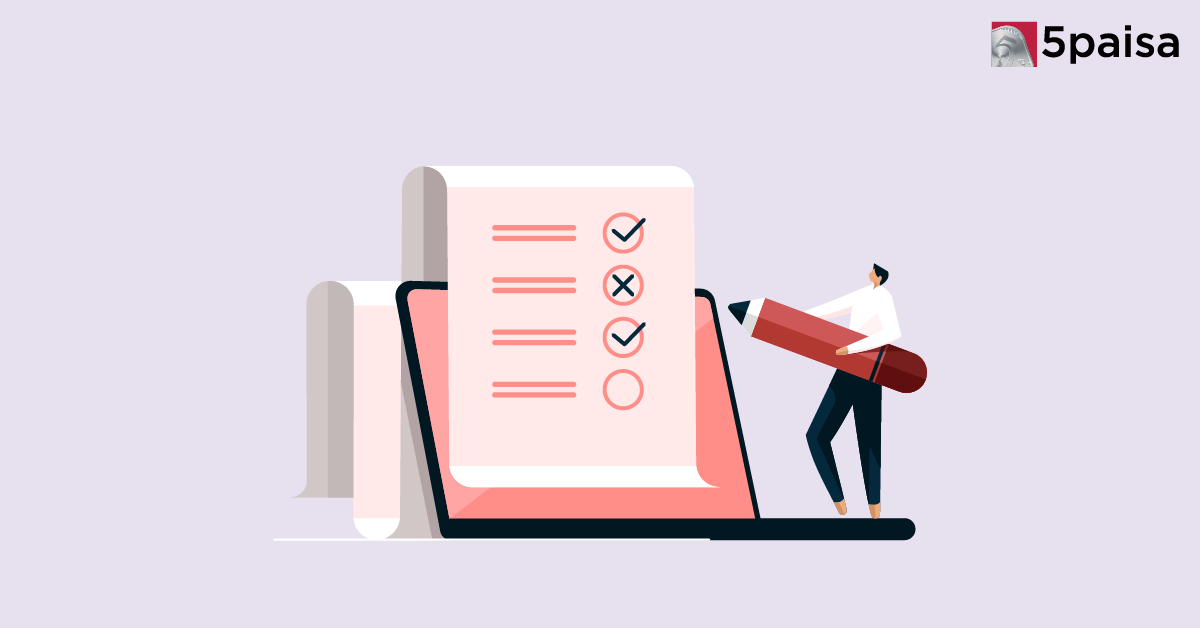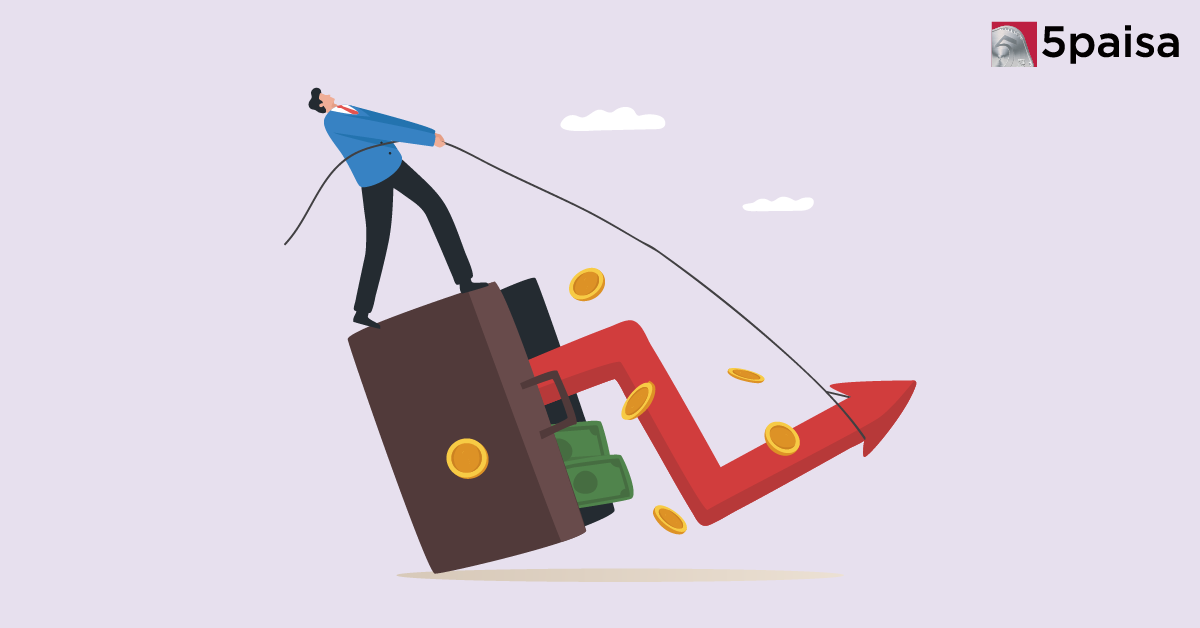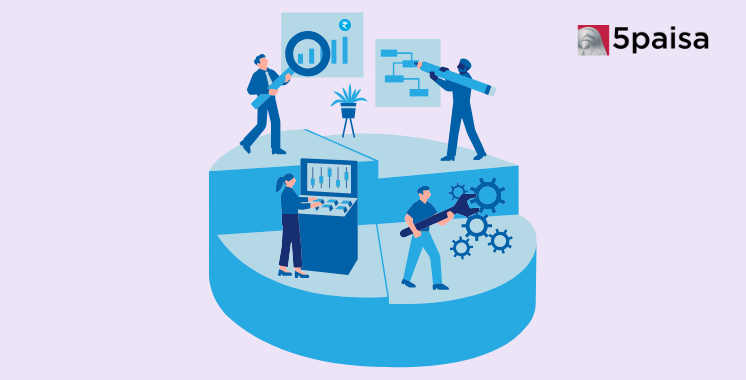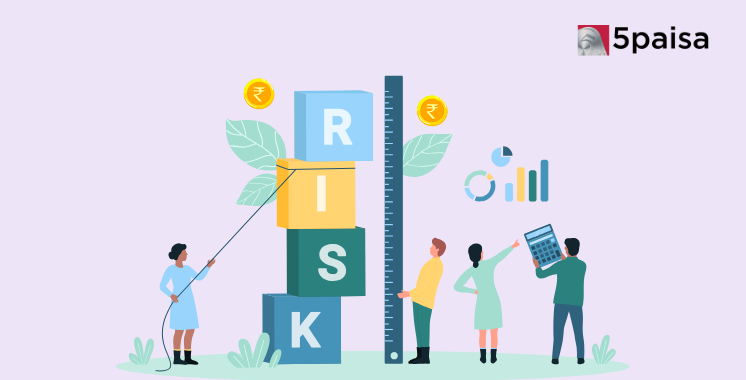Intraday in Stocks vs 24x7 Crypto Trading: Which Actually Works for Retail Investors?
Spot Rate
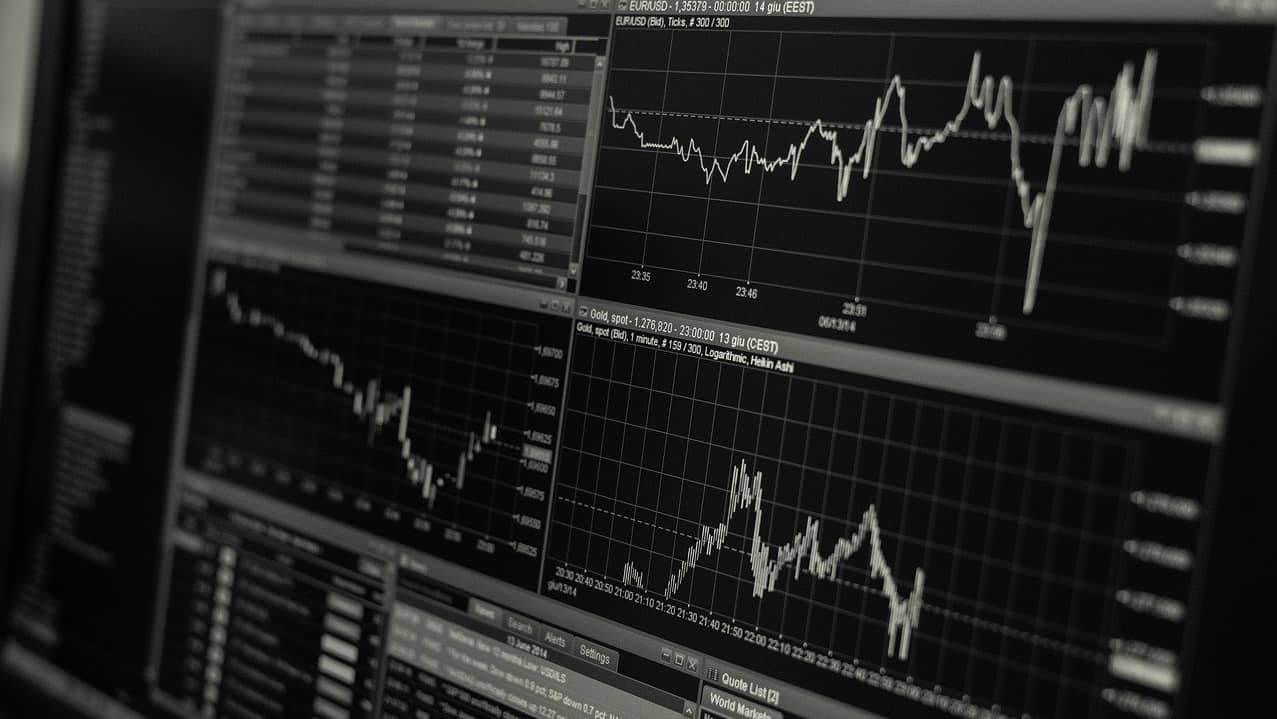
The capital markets or the financial markets have a variety of instruments for traders and investors. These instruments could be a form of debt or equity or other asset classes such as commodities and currencies.
Traders and investors buy and sell these instruments depending on their requirements. But not all transactions are actually completed immediately. While some buyers may want delivery of the securities as soon as possible, others may enter into contracts for give them an option to take delivery at a later date. The transactions that are settled immediately are completed on the basis of the spot rate.
What is spot rate?
In the world of trading in general and financial markets in particular, the ‘spot rate’ refers to the price quoted for an immediate settlement of a trade. Put simply, it is the cash rate or cash price at which a buyer or a seller settles a trade at a given point in time.
In theory, a spot rate could be relevant to any type of trade involving, say, a commodity, security, currency or an interest rate.
In the context of a stock market, the spot rate is the current market value of a security or stock available to be bought at that moment. In a nutshell, the spot rate represents the current market value of an asset like a security or a commodity, while it is being traded.
What is the spot market?
The marketplace where the actual spot trade takes place is called the spot market or a cash market or a liquid market. The spot market differs from the ‘non-spot’ market such as the futures and options market, where trading in futures and options (F&O) takes place.
To put it simply, futures transactions are those that give buyers the right to purchase a security in the future at a fixed price. Options refer to contracts where the investor has the right, but not the obligation, to buy or sell a particular security at a set price before the expiry of the contract.
Factors that determine spot rate
A spot rate is essentially determined by demand and supply. If demand for a stock is higher than the available supply in the market at a given point in time, then then its spot rate tends to rise.
Conversely, if the supply is greater than the demand after one or more large shareholders have dumped a large number of shares in the market, then the price tends to fall.
Apart from the current demand-supply equation, the spot rate also represents the expected future value of the security or asset or commodity.
Are spot rates uniform across a market?
Although spot rates of goods and securities tend to fluctuate, across a given market they are usually quite uniform at a given point in time. This applies equally to global commodities like metals, crude, natural gas and other such items that are traded across the world, as also to shares traded on a particular stock exchange.
Having said that, futures prices could vary significantly from the spot rate as those are based on agreed upon rates into the future, when the asset or security has to be delivered or sold.
The spot rate for a stock can often swing widely during the course of a trading session depending on how actively it is being traded on that given day. This is often determined by the news flow around the script, which can get both day traders as well as long term investors to invest into the stock or exit from it.
How are spot trades settled in India?
Spot transactions are settled on Indian exchanges in T+1 days. In a spot transaction, a seller settles the delivery of his or her securities at a later date while the price is fixed at an earlier time. The actual transfer of money and securities takes place at the time the trade is settled.
Even a futures contract can become a spot trade if the buyer and seller decide to exchange the security for money.
Spot rate versus forward rate
Spot rate is the price at which a ‘spot settlement’ is done. Spot settlement is the transfer of funds that help compete spot contract transactions. The settlement normally happens a day after the trading date. The time taken between trade and settlement is called the time horizon, while the actual date on which settlement happens is called the post date.
The spot rate is used to determine the so-called ‘forward rate, which is essentially the price of the security in their future financial transaction.
The expected value of the security or currency or any commodity in future is based on its present value, its risk-free rate, and the time until the said spot contract will mature.
The price in future of a security or asset is based on the spot price at the present point in time. In fact, future prices cannot be determined without spot prices. This future price will either be lower or higher than the spot price or can even be equal to it. If the two are equal, the prices are said to converge.
Spot market versus over-the-counter (OTC) market
A spot trade that is carried put directly between a buyer and a seller and not via the exchange, is called an over-the-counter (OTC) spot trade. In an OTC spot trade, the share price is based on an expected future price or on the spot price.
The terms of the sale-purchase contract are not standardised and the price as well as terms are based on the discretion of the buyer and the seller.
Conclusion
A spot rate is the price of a commodity, asset or security at a given point in time. It can keep fluctuating, although it will remain nearly uniform through the market at any given point in time. It is determined by the news flow as well as demand and supply dynamics. The spot rate also determines the future forward price of a security.
- Flat ₹20 Brokerage
- Next-gen Trading
- Advance Charting
- Actionable Ideas
Trending on 5paisa
Indian Stock Market Related Articles
Disclaimer: Investment in securities market are subject to market risks, read all the related documents carefully before investing. For detailed disclaimer please Click here.

 5paisa Research Team
5paisa Research Team
 Sachin Gupta
Sachin Gupta
